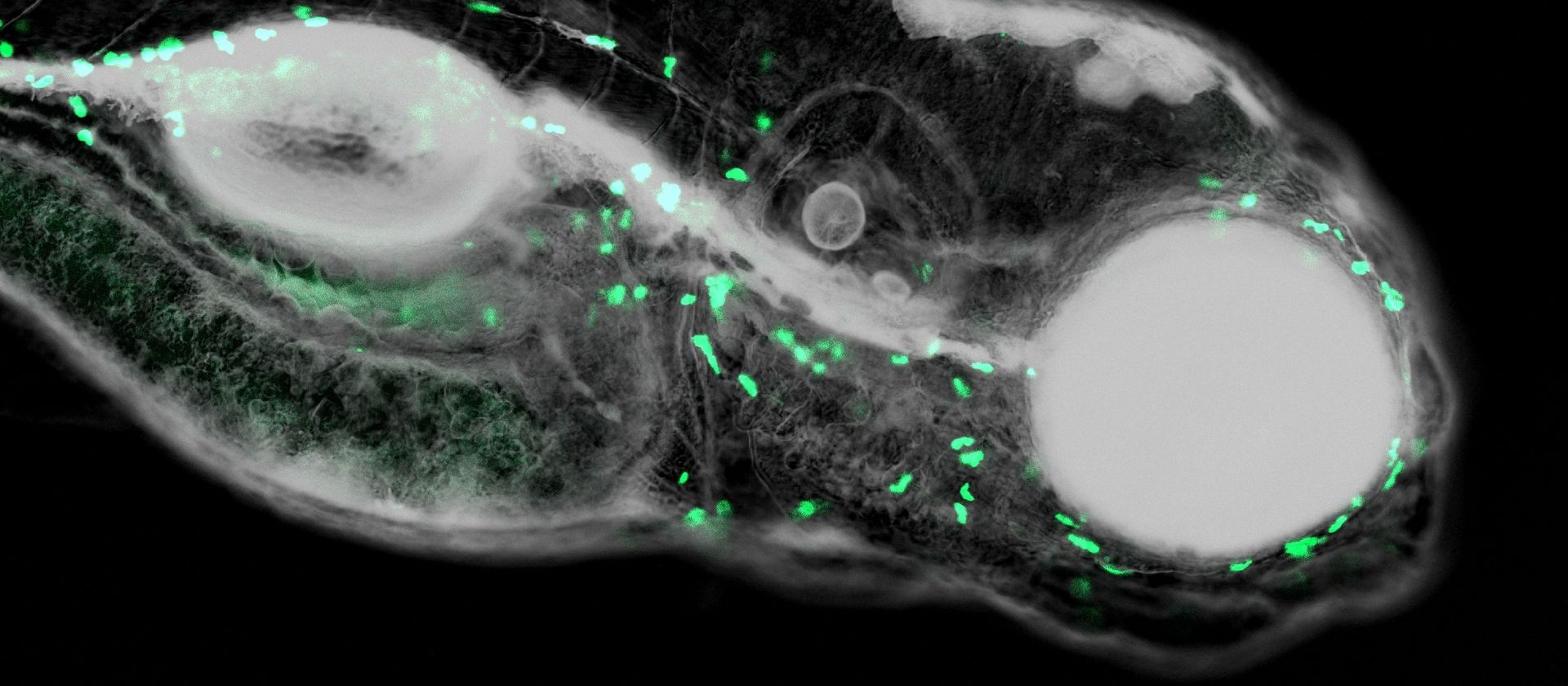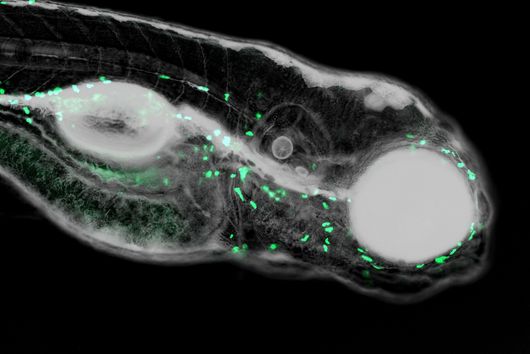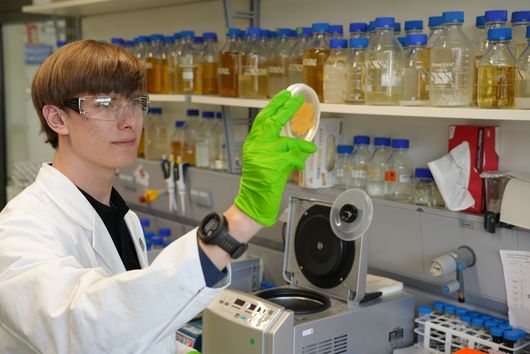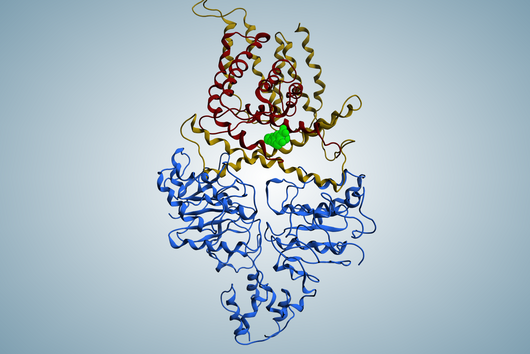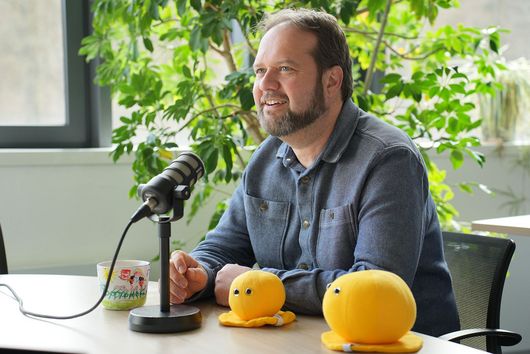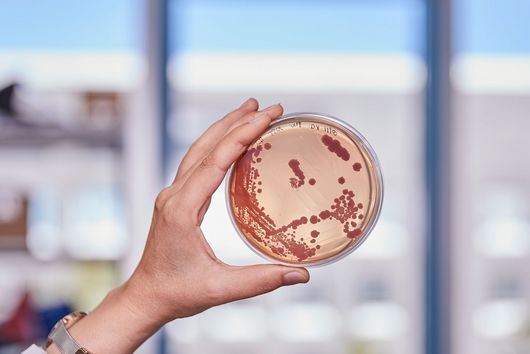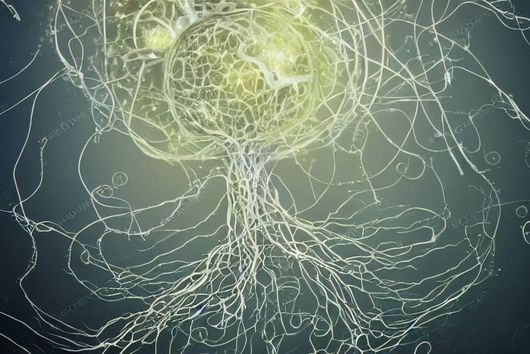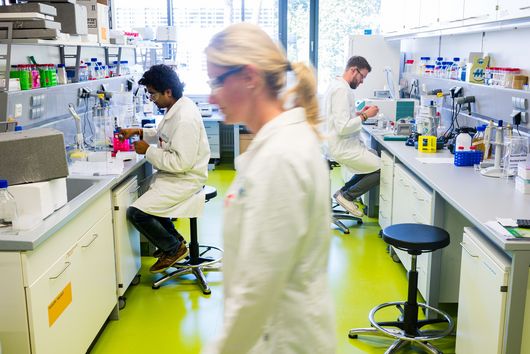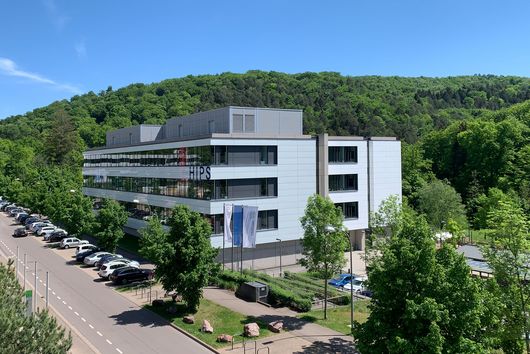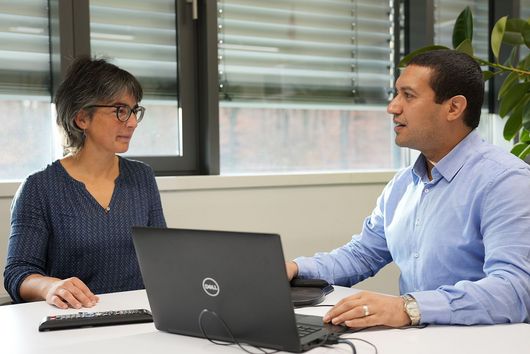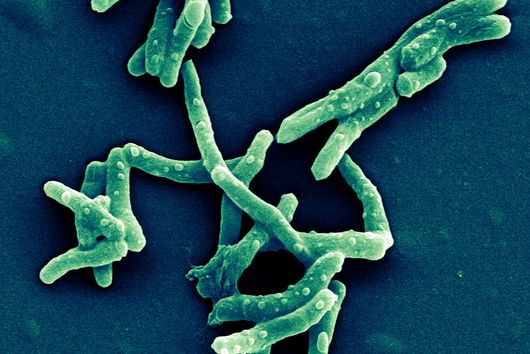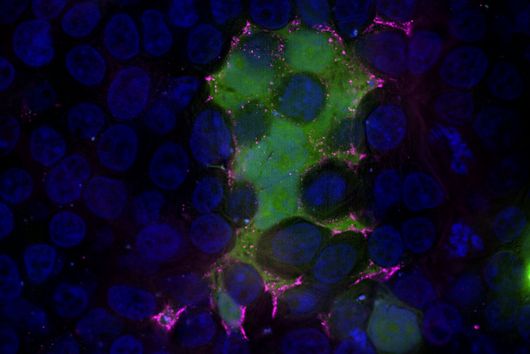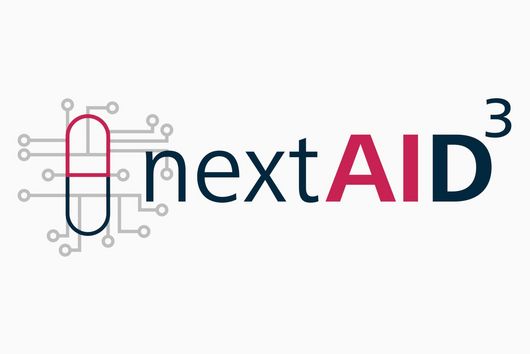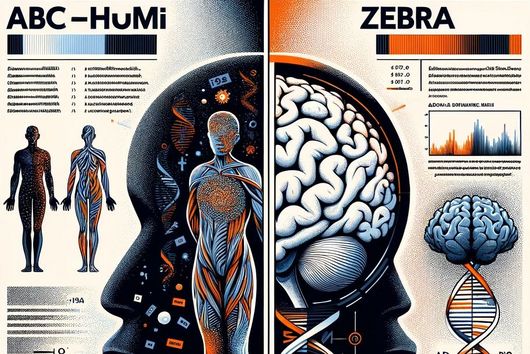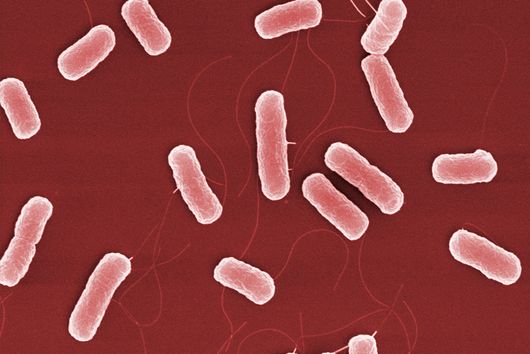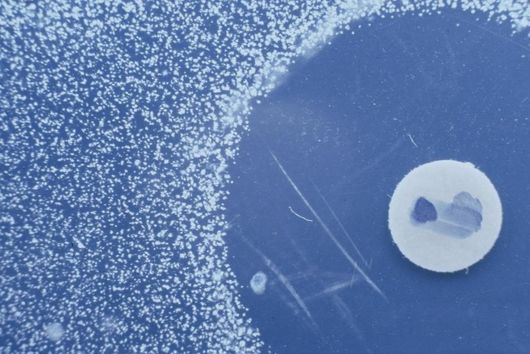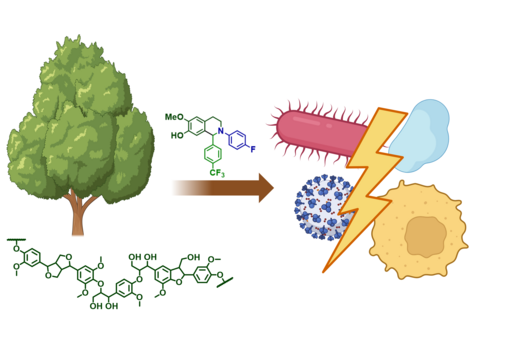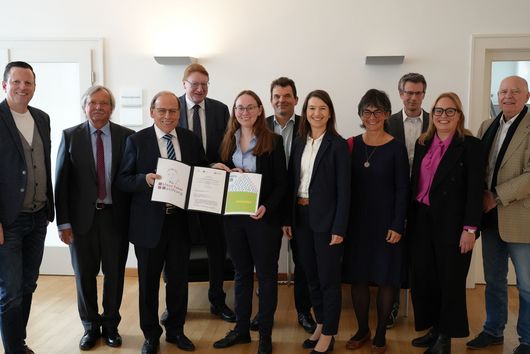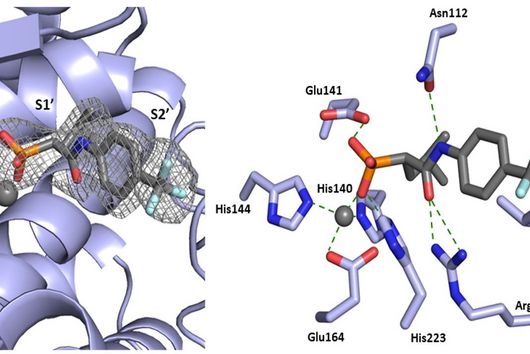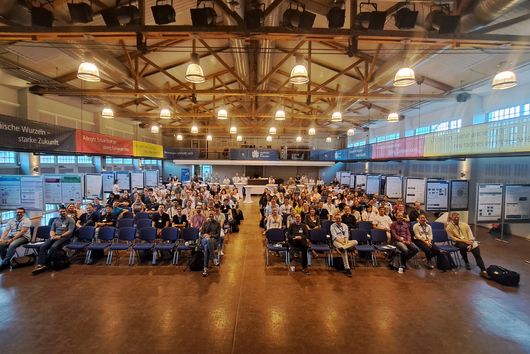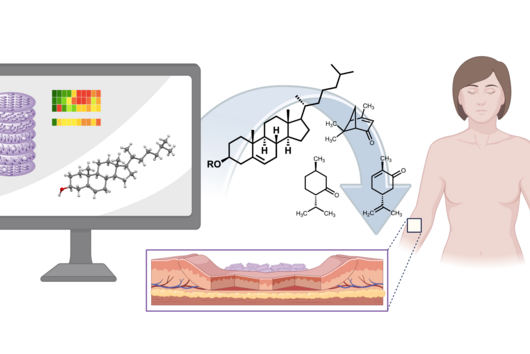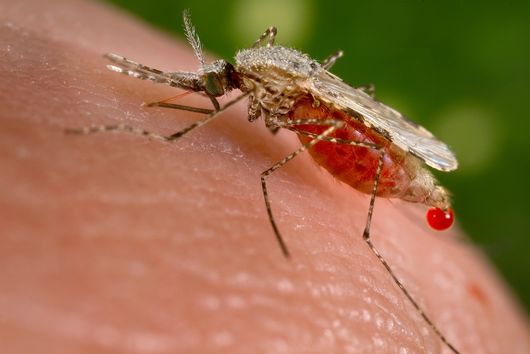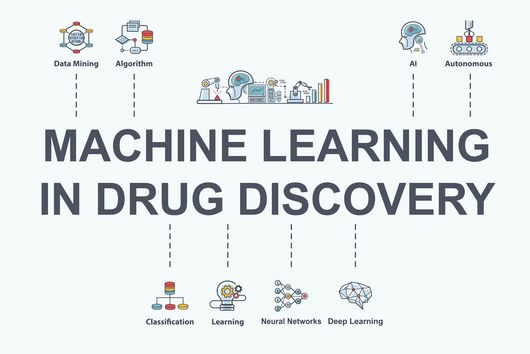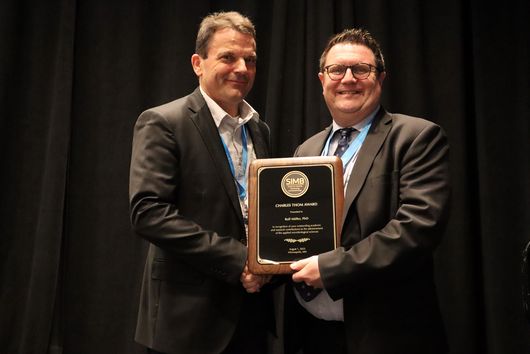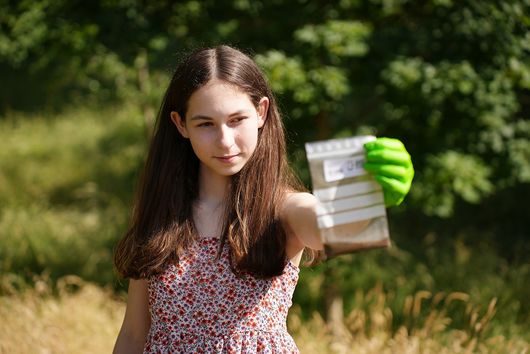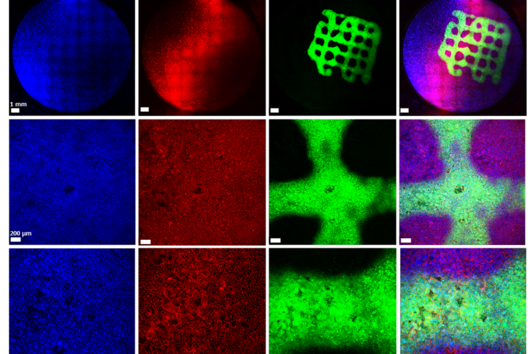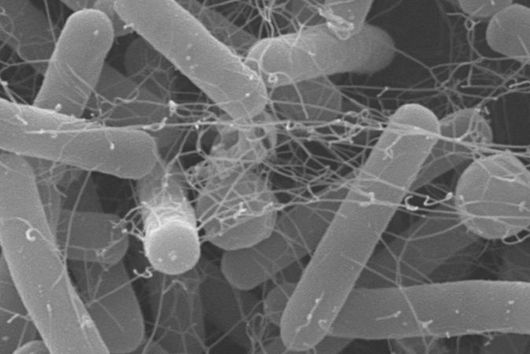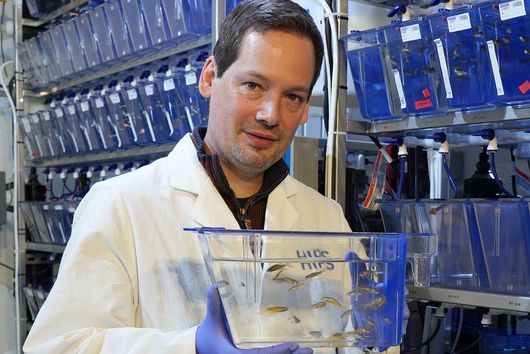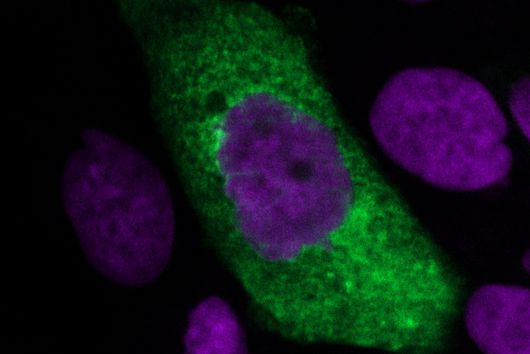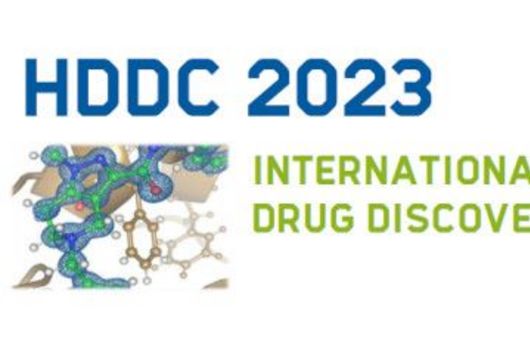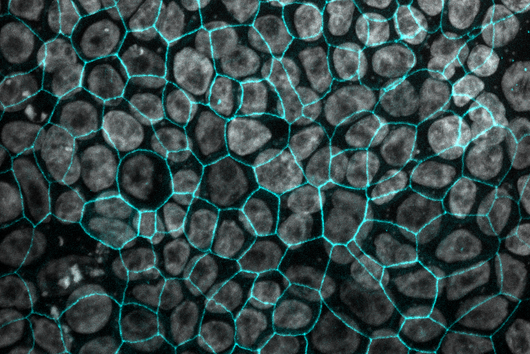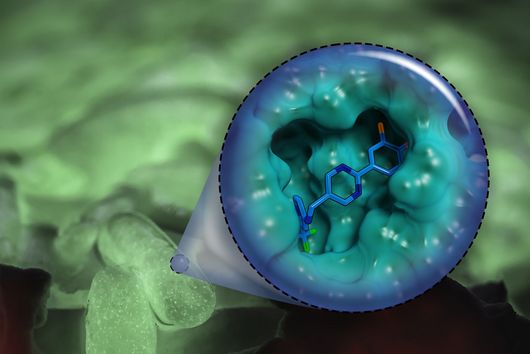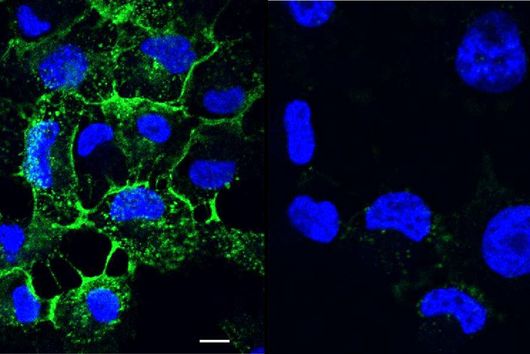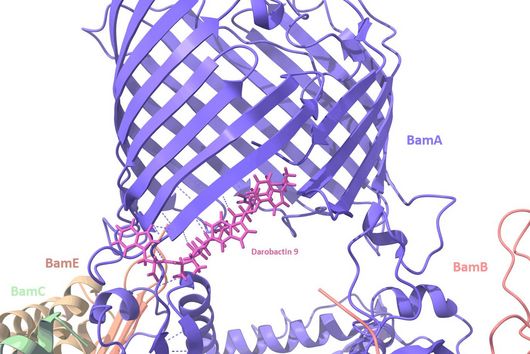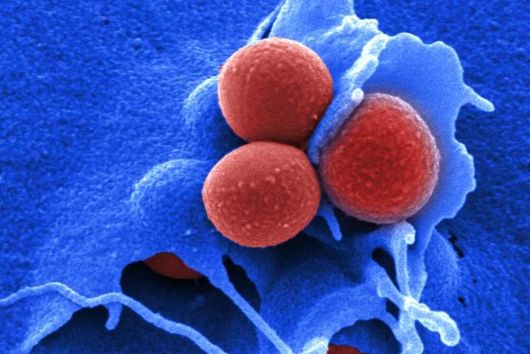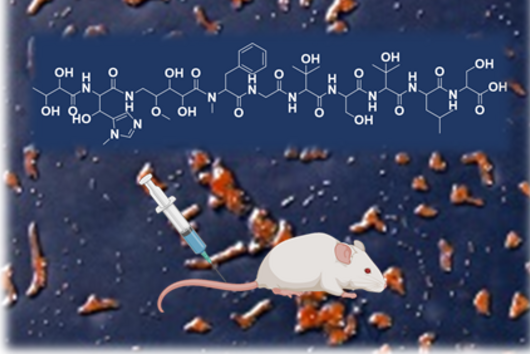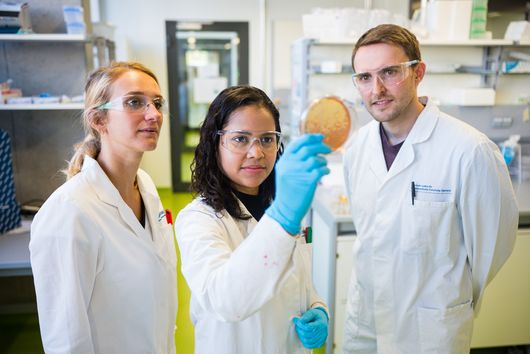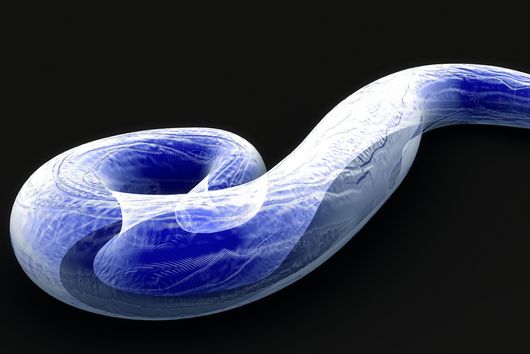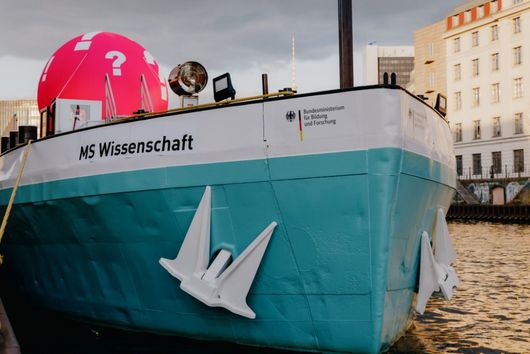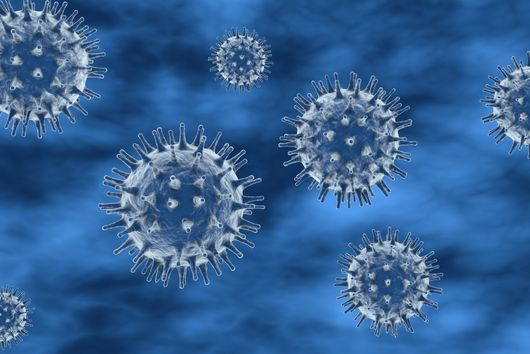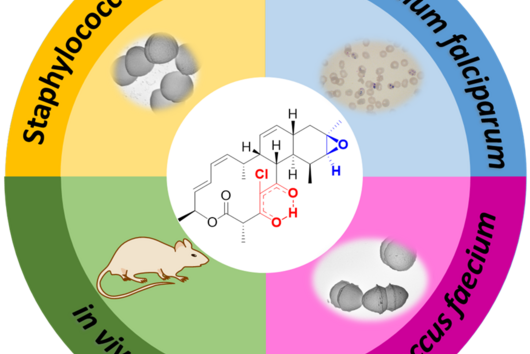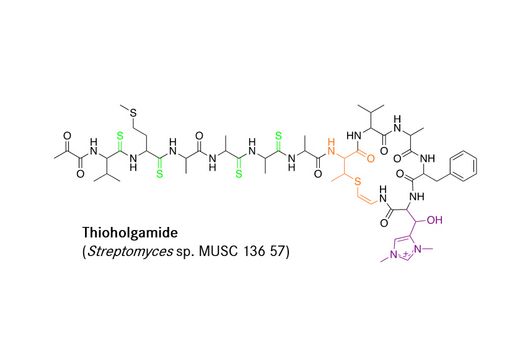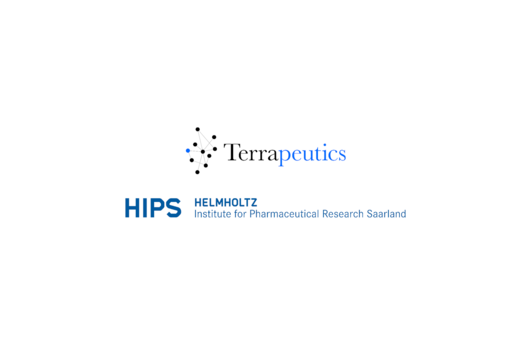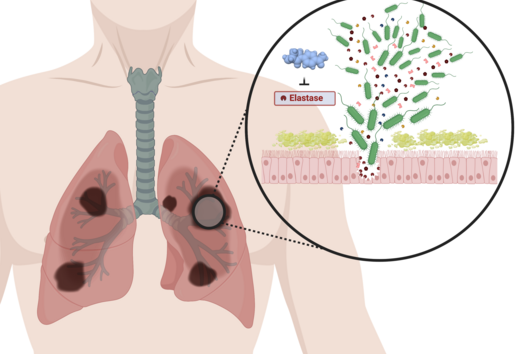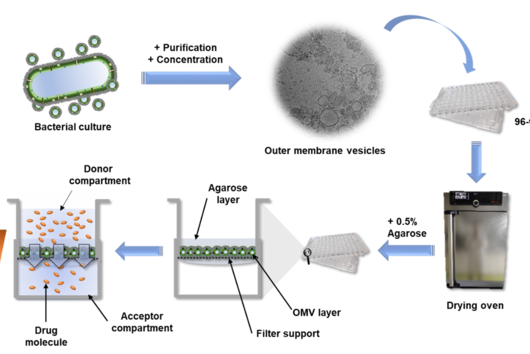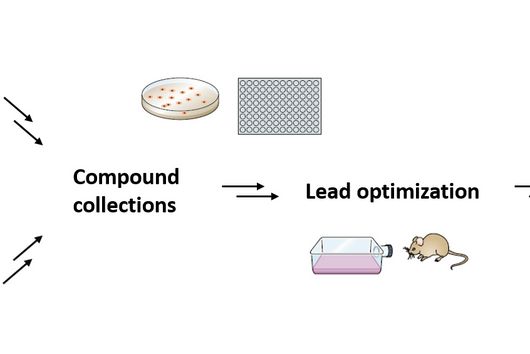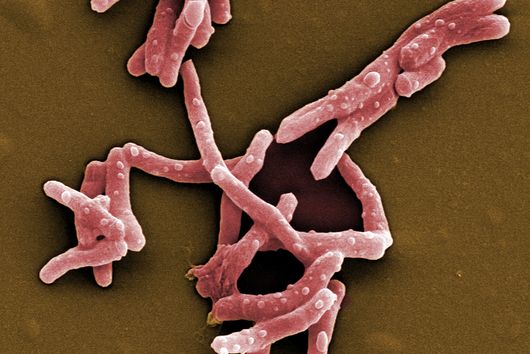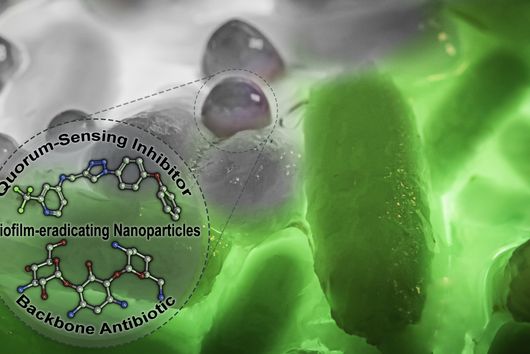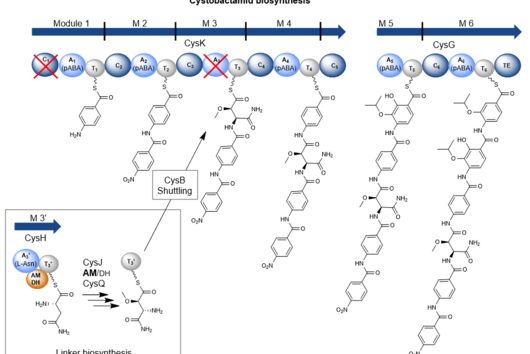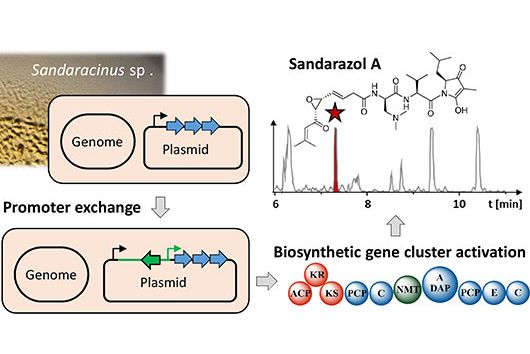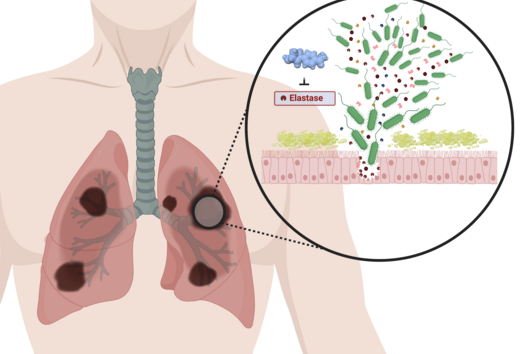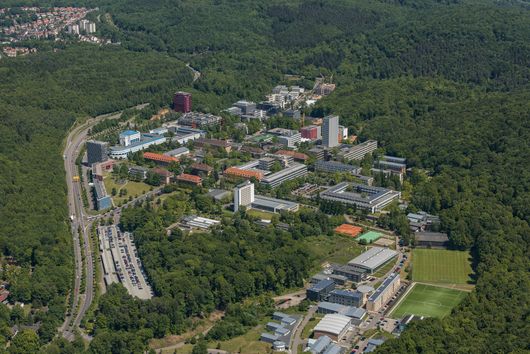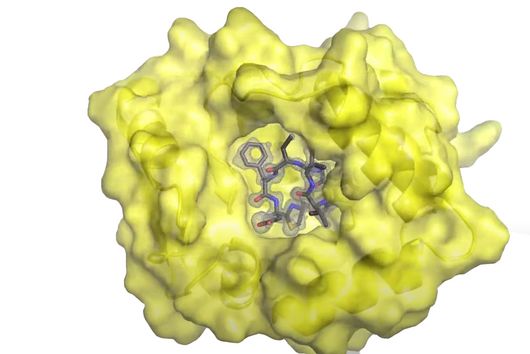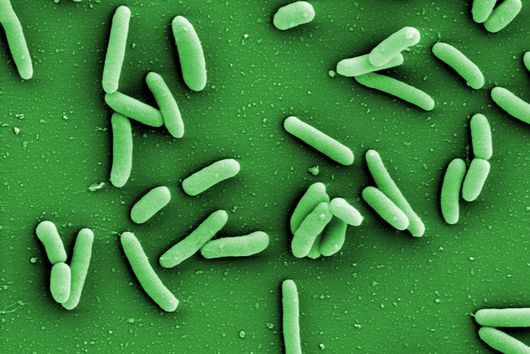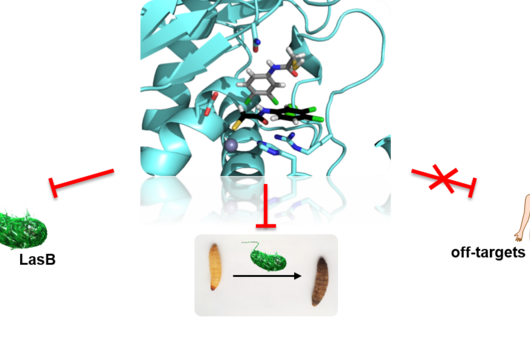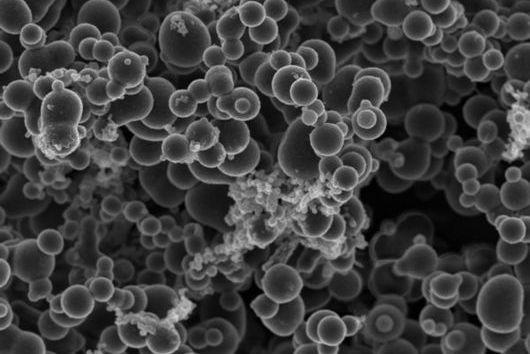In the ImageTox project, the Helmholtz Institute for Pharmaceutical Research Saarland (HIPS) and the CISPA Helmholtz Center for Information Security are pooling their expertise in the fields of drug discovery and artificial intelligence (AI). Using state-of-the-art machine learning methods, the two Saarbrücken institutes aim to make research into the modes of action of new drugs more efficient. The project is an initiative within the Helmholtz Medical Security, Privacy, and AI Research Center (HMSP), which brings together leading experts from the fields of IT security, data privacy and AI, and medicine to solve pressing medical challenges. ImageTox is funded with 200,000 euros from Helmholtz Imaging, an initiative to promote imaging research.
Researchers worldwide are driven by the search for new antibiotics or virostatics that keep multidrug-resistant pathogens at bay or fight new pathogens. If an active ingredient looks promising, it has to be put through its paces before it can be approved for use in humans and animals. This process starts in the test tube, but at some point research on living organisms becomes unavoidable to prevent undesirable side effects in humans.
Zebrafish larvae could become the game-changer in drug and toxicity testing. "The special thing about these larvae is that they already develop an organ system with kidneys and liver in the first 120 hours after fertilization. Whether an active substance can be degraded by the organism or shows toxic side effects can therefore be tested much better on them than on simple cell culture models," says Dr Jennifer Herrmann, team leader for biology at HIPS. HIPS is a site of the Helmholtz Centre for Infection Research in collaboration with Saarland University.
Because of their good comparability with more highly developed species, larval experiments can partially replace animal experiments in the early preclinical development of drugs. At HIPS, larvae are already successfully used on a small scale in drug discovery. For this, the institute's zebrafish team was awarded the research prize "Alternatives to Animal Testing" by the Saarland Ministry of the Environment last summer.
The problem: So far, the method can only be used for a limited number of tests. This is because each larva still has to be examined twice a day under the microscope by a researcher. Changes in larval development that occur as a result of treatment with drug candidates are often difficult to detect with the naked eye. If pathological changes or influences on the development of the larvae occur, the rapid development of the larvae makes it difficult to determine exactly when they occurred. The method is also very time-consuming and therefore not yet applicable on a large scale.
Together, HIPS and CISPA want to change that. "We will develop image-based machine learning methods that can predict larval development at a very early stage after testing, and detect anomalies. Thus, many test series can be terminated ahead of time, saving time and money. It also allows us to achieve a high degree of automation of experiments. We also suspect that such algorithms can even exceed human abilities to analyze and interpret microscopy data," explains CISPA faculty Prof Dr Mario Fritz.
If the researchers succeed in combining the biological model system of HIPS with the modern machine learning approaches of CISPA, their safety could thus be efficiently tested at a very early stage in the development of new drugs. The project will also extend the knowledge gained to more complex developmental disorders, such as the detection of heartbeat rates and arrhythmias, enabling a comprehensive toxicological evaluation of drug candidates.

